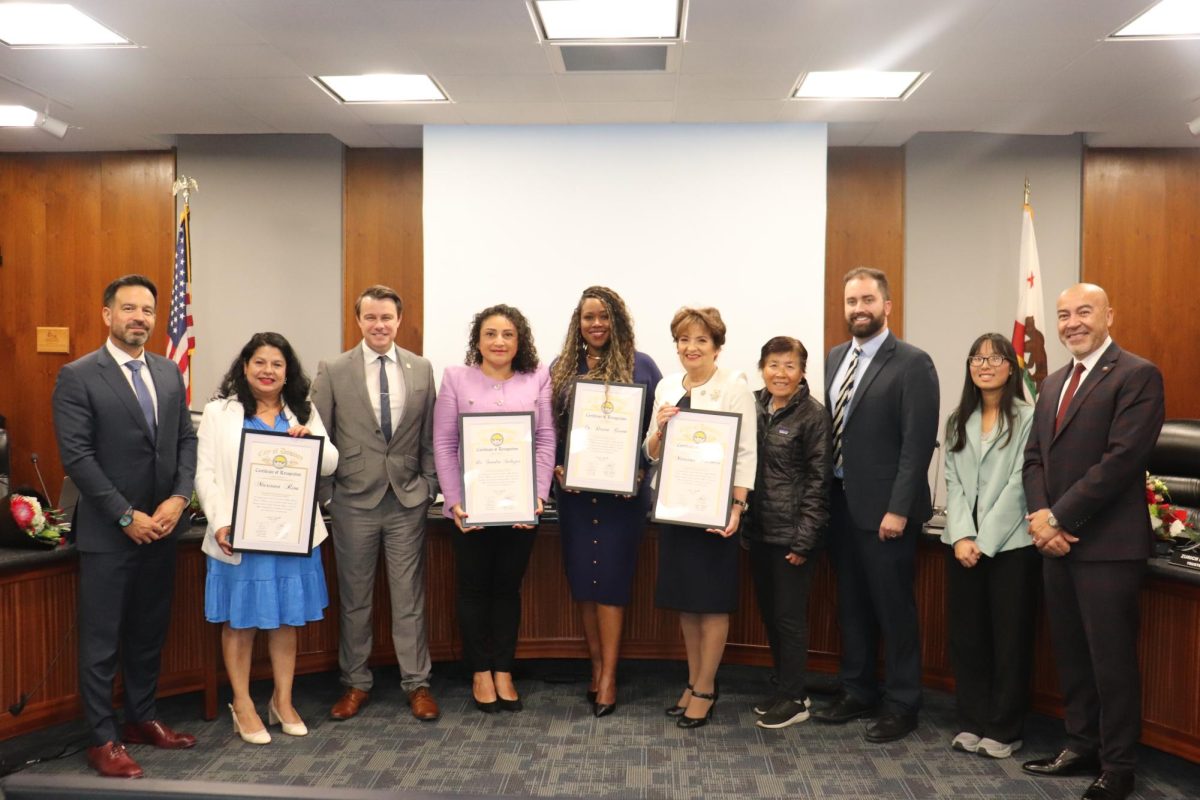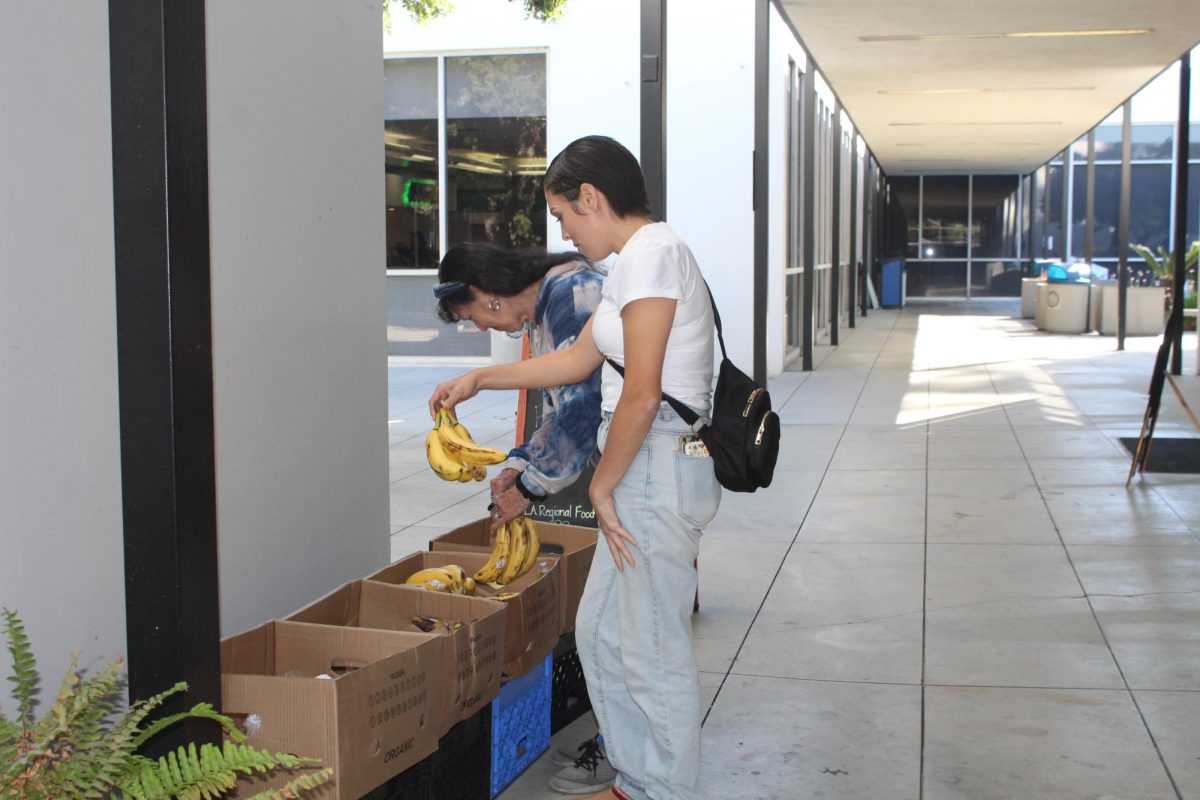Were you a resident minor in the state of California anytime from April 2, 1994 to Dec. 31 1999?
Then you may be apart of a class action lawsuit against the big tobacco companies.
Are you surprised?
Lawsuits happen all the time in not only California, but also everywhere across the United States.
So what makes this one so different?
Originally, in 1998 a group of five minors in the state of California filed a class action lawsuit in San Diego Superior Court.
The five persons involved had started smoking between the dates of April 2, 1994 and Dec. 31, 1999.
“There are 1.5 million minors involved with the case against the tobacco companies,” said Norman Blumenthal, lawyer representing the minors.
The plaintiffs (minors) are challenging, amongst other things, the marketing and advertising practices of Phillip Morris Inc., R.J. Reynolds Tobacco Co., Lorillard Tobacco Co. and Brown and Williamson Tobacco Co. (the defendants).
Here is a section of the lawsuit in regard to what is actually being sued for (this came from Blumenthal and Markham law offices who are representing the plaintiffs in the case in San Diego):
“The Plaintiffs’ Complaint in the Lawsuit alleges that, during the relevant period, the Defendants engaged in unlawful and deceptive marketing and advertising practices in order to seduce and induce minors in California to smoke cigarettes (which the lawyers refer to as the “Practices”).
The Plaintiffs allege that the Defendants’ Practices constitute unlawful, unfair and fraudulent business practices in violation of the Unfair Competition Law, Business and Professions Code ss. 17200.
Based on these allegations, the Plaintiffs seek to recover on behalf of themselves and the Class certified by the Court: (i) disgorgement and/or restitution of all monies obtained by the Defendants from sales of cigarettes to minors during the class period, and (ii) an order enjoining these Practices.
The Lawsuit also requests an award of attorneys’ fees and costs if the Lawsuit is successful. It is anticipated that any such request by Class Counsel will be sought to be paid from either a deduction from any recovery obtained by the Class or to be paid directly by Defendants.
The Defendants in the lawsuit deny that their marketing and advertising practices are unlawful or deceptive and deny that they have violated Business and Professions Code ss. 17200.
They contend that the settlement that they entered into with the State of California bars this action in its entirety. Defendants have asserted various additional defenses to the lawsuit.”
When the lawyers started to look over the case, they looked into the internal documents of Philip Morris Inc. from the 1960s and discovered that they created the “first brand business strategy.”
Philip Morris Inc. wanted to attract minors to their Marlboro cigarettes.
The company came up with five different ways they could attract young smokers to their product.
1) The use of the cowboy image.2) Placement of advertising in youth magazines3) Payment to convient stores to make the cigarettes more accessible to young smokers. 4) To create a formulation that would give the cigarettes a taste of chocolate or licorice. 5) To produce the cigarettes so they will help a first time smoker not gag on the and will ensure a quicker nicotine addiction.
So how many of you have seen that cowboy image and wanted to be just like him?
That is what their intentions were. They wanted to drive the youth to think that that is the new trend.
He also explained that 90 percent of smokers smoke their first cigarette before they are 18. Also, 60 percent will do so before they reach the age of 16. In the 1960s, Philip Morris Inc. became a Fortune 400 company from this practice.
Other companies started to follow along with Philip Morris Incorporated.
Brown and Williamson Tobacco Co., studied the Philip Morris Inc. “first brand business strategy” and came up with their way to hook youth into buying from them.
“It is called Hook them young and hook them for life,” Blumenthal said.
Brown and Williamson Tobacco Co. brand was called “cool,” and they tried to have Willy the Penguin represent the cigarette, but the leaders of the company vetoed that idea.
R.J. Reynolds Tobacco Company followed with the “Camel” and Lorillard Tobacco Company had their “Newport.”
Philip Morris Inc. is now a Fortune Four company due to its advertising and marketing practices.
“The whole concept was to target minors and others to your brand,” Blumenthal said.
There are only four tobacco companies out of the 10 that originated.
The focus of the lawsuit is to show that the companies are using Unfair Business practices in other words “can’t cheat to compete.”
After looking over all the material in the case the judge ruled in favor of the Tobacco Companies (defendants).
“The judge ruled that companies were using a first amendment right and that they can cheat to compete and also that minors are not protected by the law. The judge also said that according to the federal law they can do what they want,” Blumenthal said.
The minors in the case are appealing the ruling by the judge.
“The first hearing for the appeal probably won’t be until the end of the year,” he said. So what do the minors get if they win their case?
“If the minors do win the case, the monies that they are asking for will go directly back to them. We want to be able to help rehabilitate the minors involved and get them the help they need to quit smoking,” Blumenthal said.
With such a large population that this could affect, many may wonder who is included in the case.
Blumenthal exlains, “Everyone is in the class there is no sign up for it, everyone is already in it, we just have to wait and see what the end result is.”
So how does this effect you the smoker?
Well, if you were a minor between the dates stated above and feel that the marketing and advertising is geared toward minors you are apart of this lawsuit.
Gabi Miranda, electronics major, feels that much of the tobacco industries’ advertising is geared toward minors.
“I have never smoked, but I do feel that young adults don’t think about the long life effects it has on your body,” Miranda said.
Miranda also says that she does not feel that the minors have a case in the lawsuit.
“I don’t think they have a chance in court. If anything the case should be against the people that sold them the cigarettes not the tobacco companies,” she said.
Even after the appeal Miranda doesn’t think that they stand a chance against the tobacco companies.
It is a hard case to examine.








